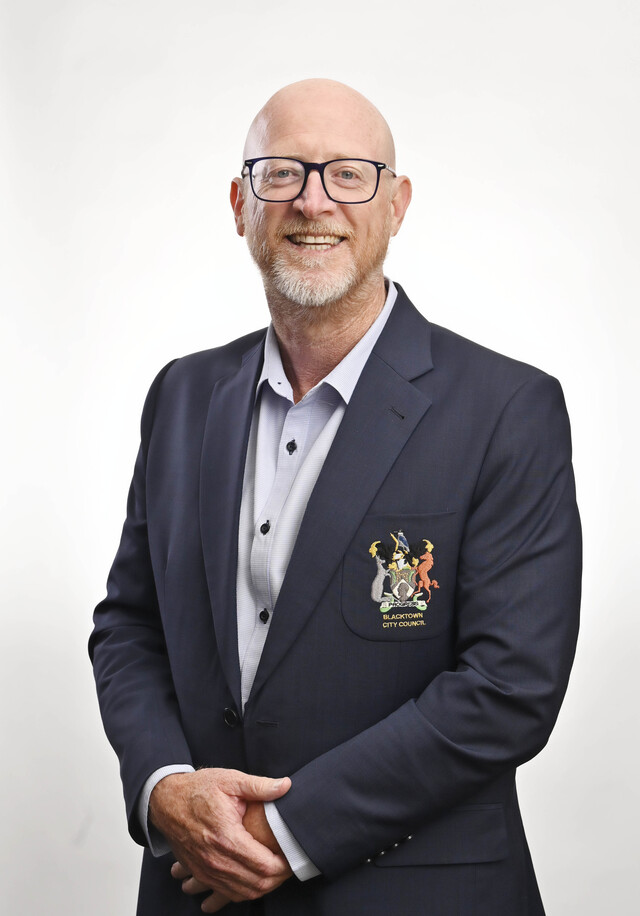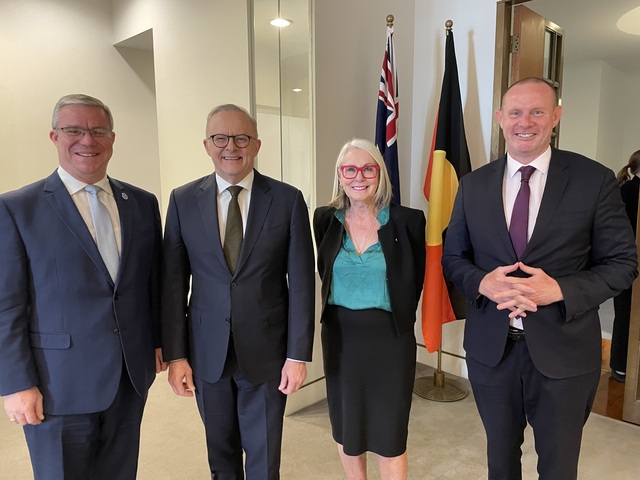A familiar debate within all medium to large organisations centres on whether there are benefits to outsourcing requirements for property services compared to managing them in-house. Outsourcing is often considered as a way to reduce costs by aligning requirements with service providers that can perform functions more efficiently and cost effectively.
However cost savings do not always flow from these arrangements and the outcome depends on contract terms and the relationship that is put in place. Too often organisations embark on poorly structured “cost cutting” strategies, seeking to drive down costs in the short term whilst neglecting the real driver of portfolio performance which is better management of costs.
By outsourcing, key management knowledge and capacity can be lost as layers of management are removed, ignoring the need to retain internal strategic portfolio planning and contract management skills. If fewer resources are made available, retaining ownership of portfolio management of both owned and leased property can be challenging.
However, acquiring effective software systems that support efficient workflow processes, provide transparency and better manage compliance can make a positive difference to an organisation by increasing performance whilst reducing the number of full time equivalents (FTEs) required for administration.
A first step is to consider whether or not your Real Estate software systems are under-performing relative to operating efficiency standards. The key to success is having a system in place that can bring about improvements through automated workflows. Be careful not to just adapt solutions that digitise an already flawed processes.
With such a wide variety of functional requirements and with increasing pressure to transform real estate into a strategic asset how do you go about determining what is required from a software system?
Requirements can typically fall into five categories. When combined into a single platform the system may be referred to as an “Integrated Workplace Management System” (IWMS):
1. Project Management
2. Corporate Real Estate
3. Facilities & Space Management
4. Maintenance Management
5. Environmental Sustainability
Software applications are commonly provided as Software as a Service (SAAS) and characterised by:
- A centralised database that is cloud hosted.
- Horizontal functionality consisting of Real Estate Portfolio Management, Project Management, Space Management, and Facilities Management.
- Platform verticals may include performance management, dashboard reporting.
- Interoperability with other enterprise applications such as SAP and Oracle systems, PeopleSoft.
The process of acquiring a system may not be instantly clear however there is a basic process to follow and some logic that should be applied to ensure you arrive at the correct recommendations.
Perform a fundamental and comprehensive needs analysis
Evaluate the effectiveness of current work flow practises related to real estate management and determine how those procedures could be improved. Discussion might focus on how you:
- Automate and streamline financial business processes to get a single accurate view of all your financial information whilst providing a single data entry point.
- Define and manage risks, controls, and business processes; manage audit processes, including findings and issues.
- Manage and simplify accounting tasks associated with fixed assets, including asset transfers, disposals, reclassifications.
- Manage all areas of your real estate activities, from site selection, construction projects and remodels to lease and property management, facilities and fixtures maintenance, and asset disposition.
- Formulate growth strategies with operational plans.
Prioritise Requirements
It is very important to identify and prioritise must have requirements against those that are simply nice to have. Ideally organisations should rank and group requirements so as to triage and manage risks and opportunities. By doing this you can determine whether you need to implement a system in stages or will a best of breed rather than all in one system satisfy your requirements.
Evaluate existing organisational structures
Business needs should drive technology decisions not the other way around. A platform that allows access to a range of stakeholders to perform tasks from a centralised system can deliver improved business processes as well as providing transparency across the organisation.
Determine what functionality makes sense and what is really required
An organisation needs to manage an increasing number of processes so when constructing your “needs brief” stay focused on the core business processes which control and manage risk.
Ensure the solution can be configured to meet organisational needs and requirements without the help of IT staff.
Software solutions must support multiple database environments, such as SQL, Oracle, and DB2. Web based systems or SAAS with support for local currencies and languages and other global capabilities are a basic requirement of a system.
Find a solution to help streamline the management of compliance requirements
Compliance is a growing and critical component of property administration. The ability to capture and track critical data also requires control over access to real estate data and financial data so that those with the responsibility to manage compliance can perform task with a level of security. Access must be controlled by the system administrator via a permissions system.
Choose a software platform that allows growth
Any implementation should target a set of goals that can be achieved within a relatively short time to solve specific problems within the organisation. Typically the requirements analysis process will uncover numerous requirements from a variety of stakeholders within the organisation. These should be ranked as either directly supporting the core goals of the system or as being tangential to solving the primary issues to be addressed by the software system.
Any system selected must be able to conform to the core requirements derived from the scoping process. In addition to meeting base requirements the solution must be flexible and able to change to meet the client’s future requirements. Improvement of processes within an organisation is an iterative process and organisations must feel assured that their chosen system can grow and change with their own needs.
User configurable System
Customisable is one thing, however configurable is ideal as this typically does not require technical knowledge or the involvement of IT staff the way customisation does.
The term “User configurable” is an important feature that should be identified as part of system requirements. As a user, being able to configure certain field or set up specific asset types, without relying on the software provider to undertake customisation puts users firmly in control of their own system. Turning to the vendor every time you need assistance can get expensive.
This extends to generating reports, users should be able to have full control over which fields are selected when creating specific or custom reports
Select a vendor with a history of delivering the promised solution
The successful implementation of a solution extends beyond just the price negotiations with the vendor. It’s not always the system that keeps organisations from a achieving a successful conclusion, it’s often the underlying real estate management model. A carefully selected vendor with extensive experience can work in concert with your organisation and help and guide the implementation process and to a successful outcome.
Ownership of the system
Allocating eventual ownership and responsibility of the system is fundamental to its operating success. Likewise a centralized organisation to drive business process and workflows will realise the true benefits of having a corporate real estate system in place.
Once the system is in place an organisation can choose to outsource certain responsibilities when the decision to use external service providers is taken.
Changes to arrangements are as easy as issuing new access permissions however the data remains accessible at all times.
Finally, assemble an effective project team from within your organisation comprising those that have skill sets relative to the central core of the task to manage the process and take ownership of the system.
The author Charles Dalrymple-Hay is a director of Guardian Global Systems.
For further information contact us at;
Suite 102, 2 Cornwallis Street, International Business Centre, Australian Technology Park, Eveleigh 2015
P: 02 9209 4231 |
charles@ guardianglobalsystems.com
*Copy supplied by Guardian Global Systems







